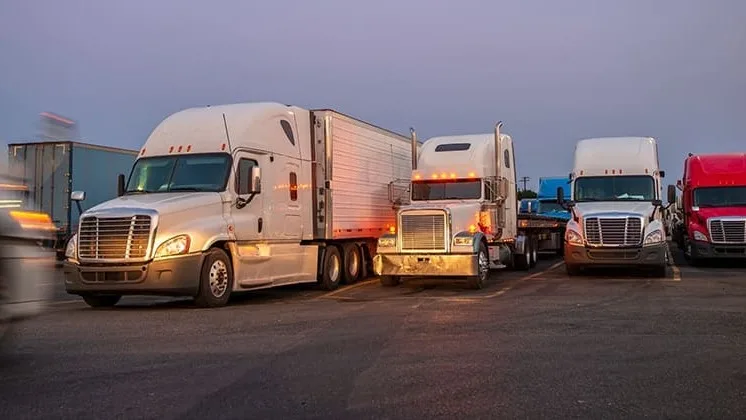
By: Ben Cubitt, SVP, Consulting
We are living through a time of historically tight trucking capacity, escalating transportation costs and record labor shortages. Gas prices are just the latest commodity to hit carriers’ and shippers’ bottom line. Nationwide, they quickly surged to over $4 a gallon, and are expected to continue to rise over the next several weeks. On top of that, surcharges are up .06-.07 cents per mile.
This dramatic increase has led to fuel costs per mile doubling since 2020 and fuel surcharges, as a percentage of total costs, doubling as well.
The ramifications for shipping costs, on top of already historically high linehaul rates, will be severe. When fuel spikes like this, shippers must be prepared to evaluate their end-to-end transportation networks.
Here are some actions shippers can take to mitigate risks as they begin to strategize and evaluate the new cost environment:
Ship from optimally designed network configuration to minimize network miles
Assess network model to reduce miles and evaluate adding DC’s / cross-docks
Maximize equipment utilization
Focus on trailer fill, and ship trucks and containers at max weight
Evaluate and reduce the frequency of deliveries in order to increase fill rate
Establish minimum order quantities with customers
Review product packaging to identify opportunities to improve equipment utilization
Optimize mode selection by shifting:
Parcel to LTL
LTL to pool
Pool to truckload
Truckload to heavy weight truckload
Heavy weight truckload to intermodal
Intermodal to rail
Consolidate orders
Ensure all parcel and LTL shipments shipping to the same customer are consolidated
Combine parcel and LTL and optimize mode to pool or multi-stop truckload shipments
Identify shippers ordering more than once per week and work with the customer to understand optimal shipping patterns, sailing schedules, etc.
Find partial load matching opportunities to combine lightweight truckloads or higher weight LTL shipments into truckload shipments
Utilize intermodal where it makes sense
Complete analysis to include fuel projections for intermodal vs. truckload shipments
Align shipping points and capacity
Determine the most cost-effective shipping locations
Limit out-of-alignment shipments
Minimize empty miles
Utilize dedicated fleets when possible
Identify backhauls within your extended network
Collaborate with other shippers and partners
Identify opportunities where you can leverage continuous moves
Train and measure driving behavior for dedicated fleets
Cruise control usage
Idle percent
Tire inflation
Maximize use of aerodynamics
Measure out of route miles
Reduce speed of fleet where possible
Uber Freight works with shippers to proactively identify areas of waste and inefficiencies in their networks. For more information, connect with an Uber Freight expert.